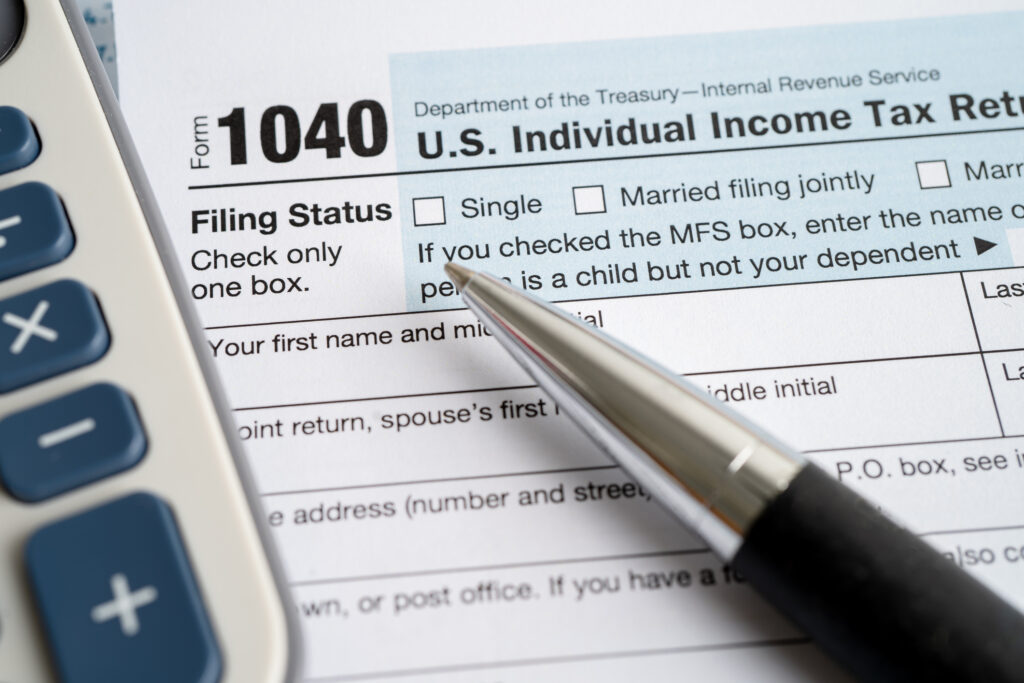As taxpayers, we all want to minimize our tax liability and maximize our refunds. Fortunately, there are many tax breaks available to individuals that can help accomplish these goals. By taking advantage of these deductions and credits, you can keep more of your hard-earned money in your pocket. From education expenses to charitable donations, there are a variety of ways to lower your tax bill. In this article, we’ll explore some of the top tax breaks for individuals and provide insights on how to take advantage of them.
Related Topics:

Tax Breaks for 2023
Standard Deduction
The standard deduction is a dollar amount that you can subtract from your taxable income, regardless of your itemized deductions. For 2023, the standard deduction is:
- $13,850 for single filers (2022: $12,950)
- $27,700 for married couples filing jointly (2022: $25,900)
- $20,800 for heads of household (2022: $19,400)

Retirement Savings Contributions
You can deduct contributions to a traditional IRA or 401(k) plan from your taxable income. The amount you can deduct depends on your income and filing status. For 2023, the deduction limits are:
- $6,000 for single filers and married couples filing separately (2022: $6,000)
- $12,000 for married couples filing jointly (2022: $12,000)

Health Savings Account (HSA) Contributions
If you have a high-deductible health plan, you can contribute to an HSA. Contributions to an HSA are tax-deductible, and earnings grow tax-free. You can withdraw money from your HSA tax-free to pay for qualified medical expenses. For 2023, the contribution limits are:
- $3,850 for single filers (2022: $3,850)
- $7,750 for married couples filing jointly (2022: $7,750)

Charitable Donations
You can deduct charitable donations from your taxable income. The amount you can deduct depends on the type of donation and your income. For 2023, the deduction limits are:
- 50% of your adjusted gross income (AGI) for cash donations to public charities (2022: 50% of your AGI)
- 30% of your AGI for cash donations to private foundations (2022: 30% of your AGI)
- 60% of your AGI for non-cash donations (2022: 60% of your AGI)

Mortgage Interest
You can deduct mortgage interest on the first $750,000 of mortgage debt for your primary residence and the first $375,000 of mortgage debt for your second home. For 2023, the interest deduction is phased out for taxpayers with modified adjusted gross income (MAGI) above $109,100 for single filers and $218,200 for married couples filing jointly. (2022: $109,100 for single filers and $218,200 for married couples filing jointly).

State and Local Taxes (SALT)
You can deduct state and local taxes (SALT) from your taxable income. The deduction is limited to $10,000 for 2023. (2022: $10,000)

Student Loan Interest
You can deduct interest on qualified student loans from your taxable income. The deduction is limited to $2,500 per year for 2023. (2022: $2,500 per year)

Child Tax Credit
The child tax credit is a refundable tax credit that can be claimed for each qualifying child under age 18. The credit is worth up to $3,000 per child for 2023. (2022: $3,000 per child)

Earned Income Tax Credit (EITC)
The EITC is a refundable tax credit that can be claimed by low- and moderate-income workers. The amount of the credit depends on your income and filing status. For 2023, the maximum EITC amount is $7,541 for taxpayers with one qualifying child and $12,600 for taxpayers with two or more qualifying children. (2022: $6,728 for taxpayers with one qualifying child and $12,640 for taxpayers with two or more qualifying children)

Lifetime Learning Credit
The Lifetime Learning Credit is a nonrefundable tax credit that can be claimed for qualified education expenses. The credit is worth 20% of your qualified education expenses, up to $2,000 per year for 2023. (2022: $2,000 per year)

Adoption Tax Credit
The Adoption Tax Credit is a nonrefundable tax credit that can be claimed for qualified adoption expenses. The credit is worth up to $14,080 for 2023. (2022: $14,080)

Child and Dependent Care Credit
The Child and Dependent Care Credit is a nonrefundable tax credit that can be claimed for expenses incurred for the care of a qualifying dependent so that you can work or look for work. The credit is worth 35% of your eligible expenses, up to $6,000 for 2023 for one qualifying dependent and $12,000 for two or more qualifying dependents. (2022: $6,000 for one qualifying dependent and $12,000 for two or more qualifying dependents)

Due Date for 2023 Taxes
The due date for filing your 2023 taxes is April 18, 2024. However, if you are a resident of Maine or Massachusetts, the due date is April 19, 2024.

It’s important to note that not all tax breaks apply to everyone. Some tax breaks have income limitations or other eligibility requirements. Be sure to consult with a tax professional or use tax preparation software to determine which tax breaks apply to your specific situation.
In conclusion, taking advantage of tax breaks can help reduce your tax liability and save you money. Be sure to keep records of your contributions and expenses, consult with a tax professional or use tax preparation software, and be aware of income limitations and other eligibility requirements. By understanding the top tax breaks for individuals, you can make informed decisions to optimize your tax situation.



